1. Forcing Identical Mailboxes

HOAs sometimes mandate that every mailbox be the same style, color, and height. This can mean replacing a perfectly functional one if it doesn’t match the latest approved model. The stated reason is “neighborhood uniformity.” Underneath, it’s a way to freeze the community’s look in time.
It’s not about the function of the mailbox—letters still arrive either way. The fear is that variety might open the door to more visible individuality. If one person gets creative, others might follow, and suddenly the aesthetic control slips. It’s sameness as a security blanket.
2. Banning Clotheslines
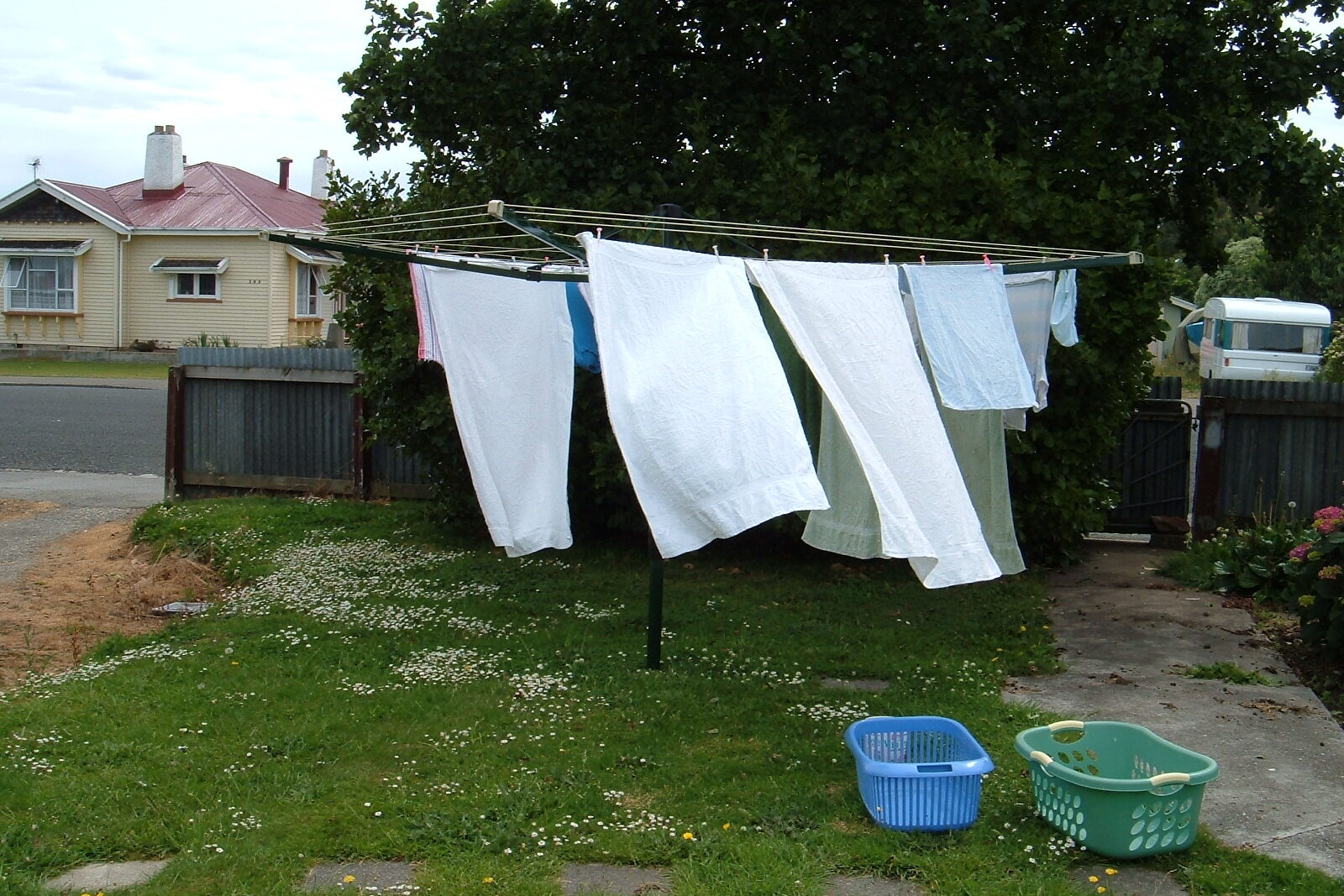
Some HOAs outright forbid residents from hanging laundry outside, citing “aesthetic” reasons. This is despite clotheslines being energy-efficient and perfectly normal in many countries. The real fear here is that a fluttering bedsheet signals a slip toward “less upscale” living. It’s a rule that values appearances over sustainability.
The resistance to clotheslines reflects a discomfort with visible change in lifestyle norms. Hanging laundry outdoors challenges the idea that progress means hiding all evidence of daily life. For some boards, this feels like a threat to property values. But really, it’s just a T-shirt drying in the breeze.
3. Prohibiting Solar Panels on Visible Roofs
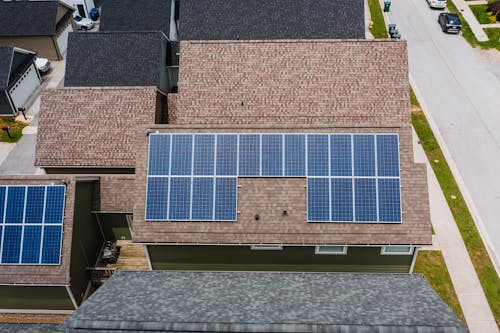
Some HOAs won’t allow solar panels facing the street, claiming they “disrupt the look” of the neighborhood. Even in states with laws protecting solar rights, these rules still appear in HOA documents. The real discomfort comes from visible symbols of modernization. Solar panels mean embracing the future—and that scares some boards.
The panels themselves aren’t the problem—it’s the fact that they’re new, different, and permanent. They signal that the neighborhood might be evolving. For change-resistant HOAs, evolution looks like erosion of tradition. They’d rather pay higher energy bills than see the rooftops reflect a shifting era.
4. Banning Vegetable Gardens in Front Yards

Plenty of HOAs restrict vegetable gardening to backyards only. The reasoning is often “visual harmony,” as if tomatoes were more offensive than roses. It’s a quiet fear that practicality might replace ornamental norms. Edible plants are a subtle rebellion against curated landscapes.
Front-yard gardens challenge the scripted look of a neighborhood. They say, “This space can serve the people who live here, not just the drive-by view.” To some boards, that’s unsettling because it blurs the line between private enjoyment and public presentation. A cucumber vine can feel like a small revolution.
5. Dictating Holiday Decoration Dates
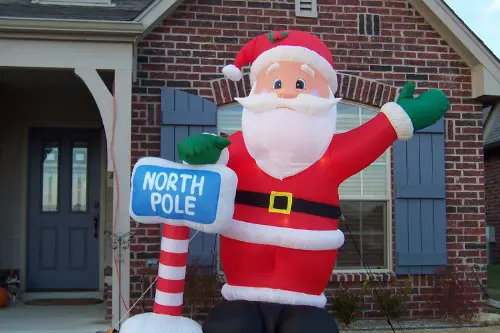
Many HOAs set strict windows for when holiday lights and décor can go up or come down. The stated reason is to keep neighborhoods looking “tidy.” But it’s also a way to enforce control over personal expression. Deviating from the schedule can be seen as disrespecting the collective order.
These rules exist because celebrations bring unpredictability. Someone’s “too early” or “too late” display disrupts the shared calendar. To a change-averse HOA, that unpredictability is the enemy. They prefer traditions to be neatly boxed in—literally and figuratively.
6. Restricting Exterior Paint Colors
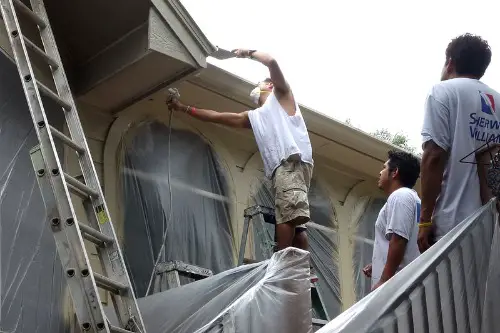
Some HOAs limit homeowners to a tiny palette of “approved” shades. The idea is to keep things “timeless,” which often translates to beige, white, or muted tones. This ensures no house stands out in a way that might signal changing tastes. It’s color control in the name of cohesion.
The deeper fear is that a single bold choice could trigger a domino effect. If one person paints their home teal, others might experiment too. Suddenly the neighborhood looks “different,” and that’s unnerving to those clinging to its original look. Monotone feels like stability.
7. Outlawing Certain Fence Styles
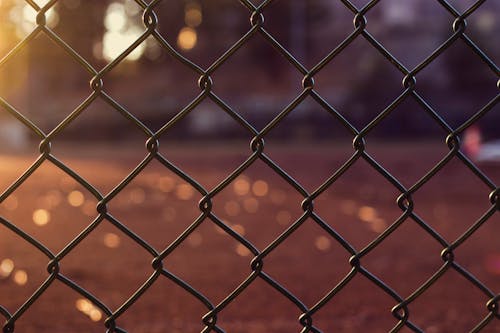
Fences are often subject to rigid HOA guidelines—sometimes banning chain-link, sometimes requiring a specific wood stain. The argument is that this keeps the community looking uniform. But it also prevents individual property owners from adapting their space to new needs or styles. It’s a preemptive strike against visible evolution.
Fences are more than just barriers; they’re a canvas for personal taste. When that canvas is restricted, it’s about locking in a snapshot of the neighborhood’s founding moment. Any deviation is seen as a crack in that frozen image. The fear is that one visible break will spread.
8. Forbidding Certain Lawn Ornaments

Rules against garden gnomes, birdbaths, or non-approved sculptures are surprisingly common. The reasoning is usually “maintaining community standards.” But it’s also about avoiding a slippery slope into visible diversity in décor. A whimsical statue suggests that residents might have different tastes—and that’s unsettling for those guarding sameness.
Ornaments are tiny acts of personalization. They’re not dangerous, but they’re unpredictable. If one person adds a quirky touch, others might follow, and suddenly the neighborhood’s curated feel shifts. This fear of small changes is really a fear of eventual transformation.
9. Controlling Driveway Parking
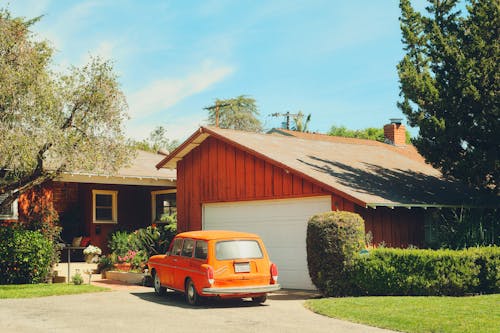
Some HOAs forbid overnight parking in driveways, insisting cars be kept in garages. The stated reason is to keep the neighborhood looking uncluttered. But it’s also a way to freeze the appearance of a “model home” community. Visible vehicles hint that people actually live there—and that reality disrupts the fantasy.
This rule often punishes residents with more drivers than garage space. It reflects a preference for image over convenience. Change-averse boards see the driveway as a stage set, not a practical space. Anything that makes it look lived-in is a threat.
10. Restricting Outdoor Furniture Styles
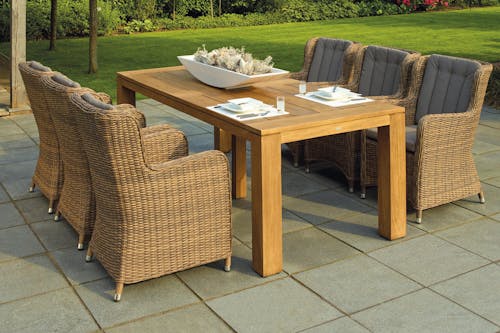
Certain HOAs require outdoor furniture to meet specific design or color standards. The rationale is “cohesion,” but it’s also about preventing visual markers of individual lifestyle. A bold outdoor set could clash with the intended uniform look.
This is about controlling the micro-details of everyday life. Furniture is easy to change, which makes it a small but constant risk for visual disruption. To those who fear change, even a bright patio chair can feel like a slippery slope toward unpredictability. Keeping everything muted feels safer.
11. Limiting Home-Based Businesses

Many HOAs have rules banning or heavily restricting businesses run from home. The official reason is to prevent traffic or noise. But it’s also about keeping the neighborhood frozen as a purely residential space. Visible change in activity patterns is seen as destabilizing.
The fear here is that one home office could lead to others—and eventually to a shift in the community’s identity. Even if the business is quiet and invisible, the idea that homes might be used differently rattles the established order. It’s about preserving the old idea of what a home “should” be.
12. Prohibiting Rainwater Collection
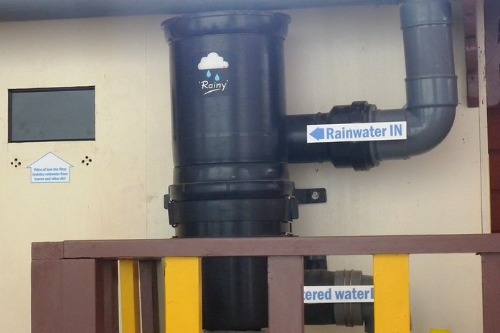
Some HOAs block residents from installing rain barrels, claiming they’re unsightly. The real tension comes from rain collection being a visible break from traditional landscaping norms. It’s a symbol of environmental adaptation—and that feels like a step toward a different future.
This resistance isn’t really about barrels. It’s about what the barrels represent: self-sufficiency, sustainability, and a departure from the original suburban model. For those who want everything to stay the same, those ideas feel disruptive. The water may be free, but change has a cost.
13. Regulating Shutters and Window Treatments
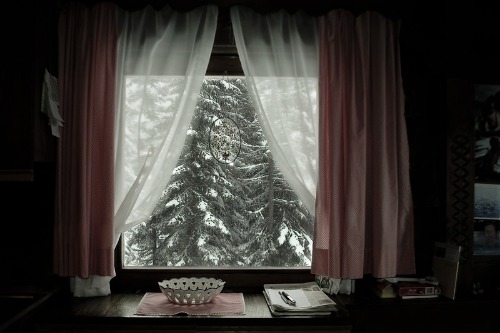
HOAs often dictate the color, style, and even positioning of shutters and blinds. The justification is “visual harmony from the street.” But it’s also about preventing visible indicators of shifting personal style. A single bright shutter can stand out like a flag of change.
Windows are the most public part of a private home. Altering them in noticeable ways suggests evolving tastes or priorities. That suggestion is enough to make some boards nervous. The shutters may be static, but the fear is they could open the door to transformation.
14. Outlawing Above-Ground Pools
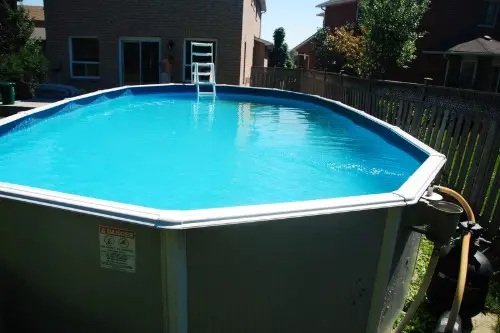
Above-ground pools are banned in many HOA communities, with boards claiming they look “cheap” or “temporary.” But the underlying worry is that they disrupt the carefully curated image of leisure. A pool that doesn’t match the planned community vibe feels like a visual intrusion.
This is less about safety and more about narrative control. A traditional in-ground pool says “we belong to the original vision.” An above-ground one says “we improvised.” For HOAs resisting change, that improvisation feels like a breach in the façade.
This post 14 HOA Rules That Reveal Deep Fear of Change was first published on Greenhouse Black.
